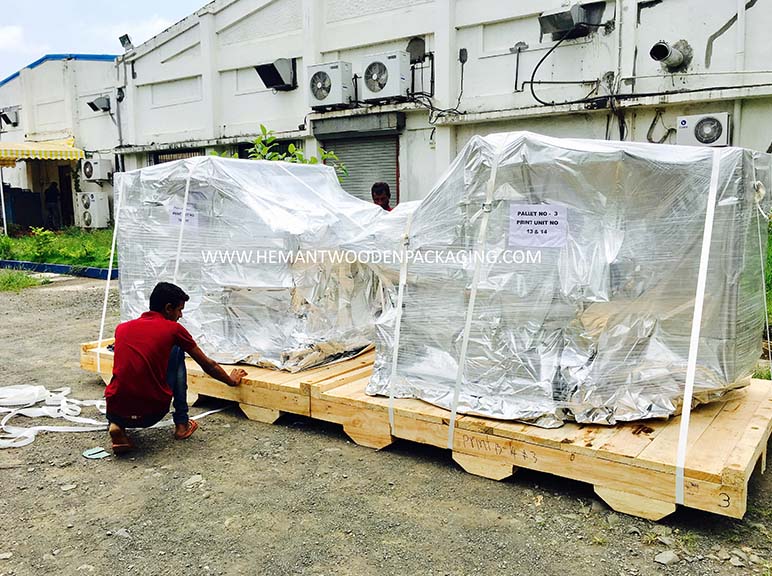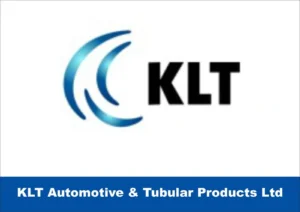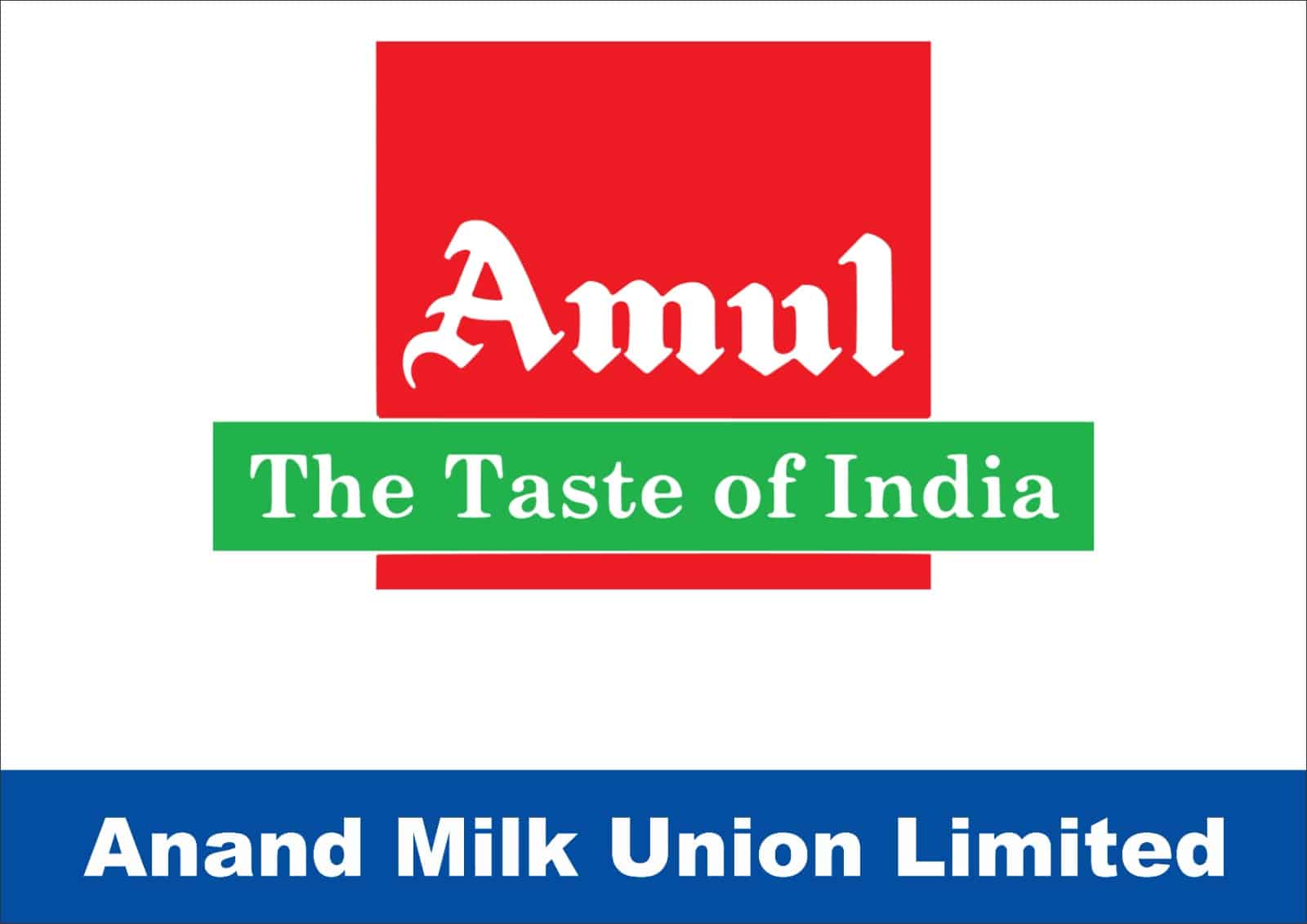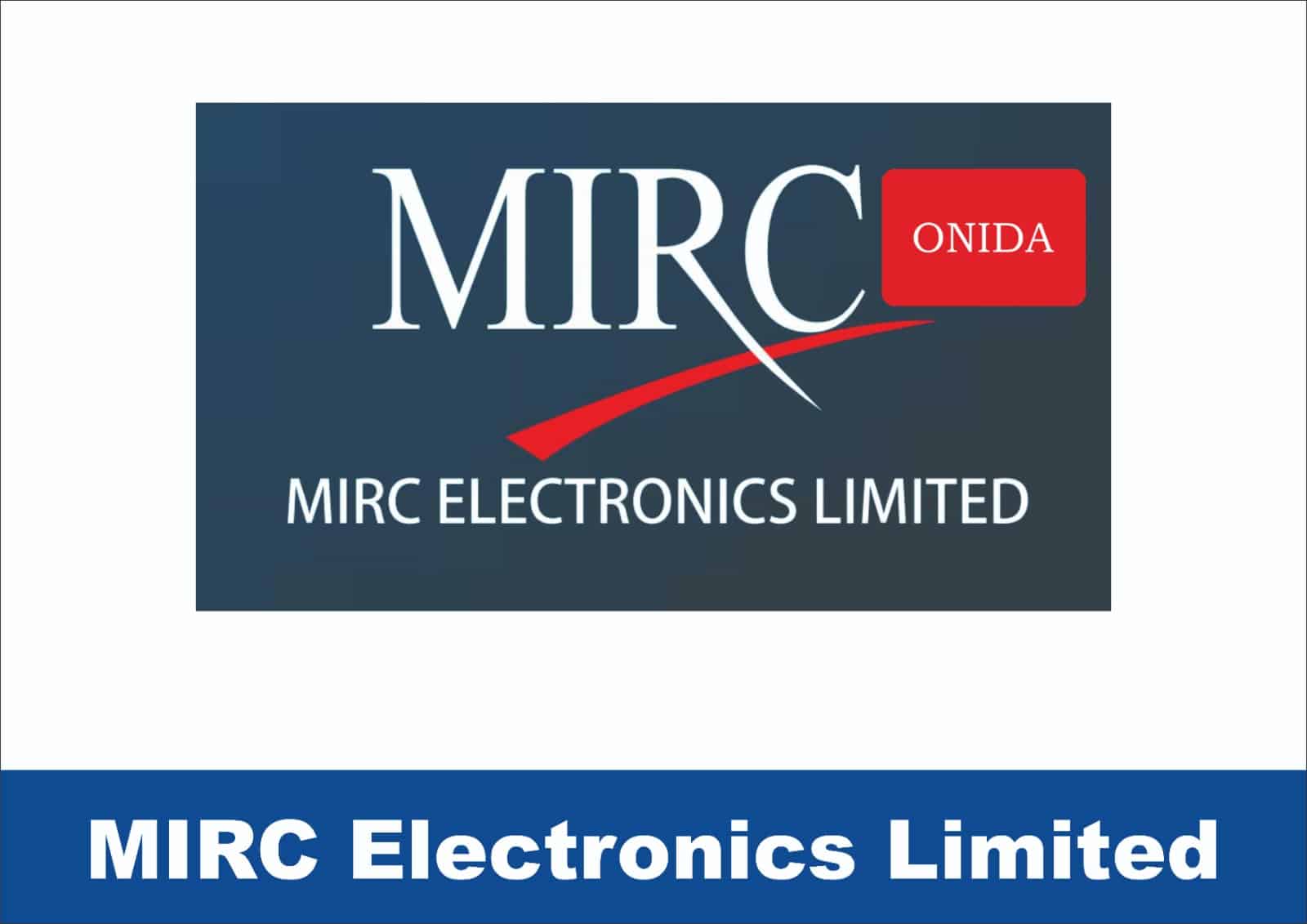Anti-Corrosion Vacuum Packing
- Home
- Anti-Corrosion Vacuum Packing

Vacuum Packing – Industrial & Export Packaging Services | Hemant Wooden Packaging
Vacuum Packing is a technique used to remove air from a package and seal it tightly to create a vacuum. This
method is commonly used for the prevention of rust. Vacuum packaging has many benefits, including anti-rust
properties, reduced waste, and improved storage efficiency.
How does vacuum packing work?
Vacuum packing works by removing the air from a package, which reduces the oxygen content and slows down the oxidation process. This is important because many products deteriorate when exposed to oxygen, including food, electronics, and other items. By removing the air, vacuum packaging can help to extend the shelf life of these products, which is beneficial for both manufacturers and consumers.
Top 5 Benefits of Vacuum Packing for Industrial Exports:
✅ 1. Rust & Corrosion Prevention
Vacuum packing removes air (and oxygen), which helps protect metal components and machinery from rust during long-distance shipping and storage.
✅ 2. Extended Shelf Life
By eliminating oxygen, vacuum packaging slows down oxidation, significantly increasing the storage life of sensitive or perishable products.
✅ 3. Compact & Space-Saving
The tight seal reduces the overall volume of the package, saving space during transport and warehouse storage — which also cuts down logistics costs.
✅ 4. Clean & Moisture-Free Protection
Vacuum sealing keeps out dust, dirt, and humidity, making it ideal for electronics, precision equipment, and delicate items.
✅ 5. Safe for Export Compliance (ISPM 15 Ready)
Vacuum-packed goods can easily meet international shipping and safety standards, especially when combined with heat-treated wooden packaging.
Common uses of vacuum packaging
Vacuum packaging is used in a wide range of industries, including food, pharmaceuticals, electronics, and
manufacturing. Some common uses of vacuum packaging include:
1. Medical and pharmaceutical packaging: Vacuum packaging is used to package medical and pharmaceutical
products, such as syringes and medical implants, to ensure they are sterile and free from contamination.
2. Electronics packaging: Vacuum packaging is used to package electronic components, such as computer chips
and circuit boards, to protect them from moisture and other contaminants.
3. Industrial packaging: Vacuum packaging is used in the manufacturing industry to package and transport large,
bulky items, such as machinery and equipment.
✅ Hemant Wooden Packaging – Complete Service List
🪵 Wooden Packaging Solutions
Small Wooden Boxes
Heavy-Duty Export Boxes
Airworthy Wooden Boxes
📦 Plywood Packaging Solutions
Small Plywood Boxes
ISPM 15 Plywood Boxes
Plywood Bolting Boxes
Airworthy Plywood Box Packing
Seaworthy Plywood Box Packing
🪑 Wooden Pallet Solutions
Euro Pallets
Heat Treated Pallets (ISPM 15 Compliant)
Industrial Base Pallets
Custom Size Wooden Pallets
🧰 Packing Materials
Plastic Stretch Film
Corrugated Sheets
Bubble Rolls
Silica Gel Packets
Wooden Skids
Angle Boards & Edge Protectors
- Air Bags / Dunnage Bags
🚛 Lashing & Choking Services
Machinery Lashing & Choking
Heavy Equipment Container Lashing
Export Cargo Lashing & Choking
Dunnage Bag Placement
🔥 Heat Treatment & Fumigation
🛠️ Custom Industrial Packaging
Tailor-Made Packing Solutions as per Product
CNC Machine Packing
Transformer Packing
Heavy Machinery Packaging
Wooden Framing for Fragile Goods
📍 Other Services/ Supplier
Recycle Pallet / Used Pallet Services and Supplier
Reusable Box Solutions
Collar Pallet Box
- Pallet Palletization














































